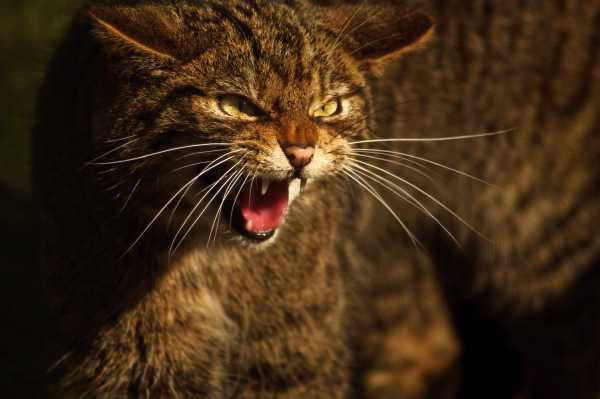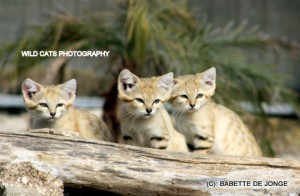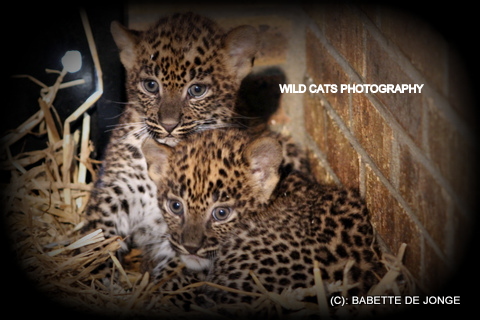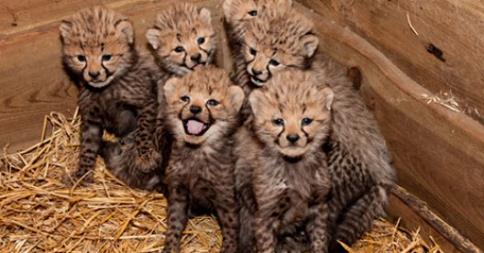250 square mile region of West Highlands now feral cat free according to survey by pro-neutering Wildcat Haven project, halting risk of hybridisation to the critically endangered Scottish wildcat
After a decade of bad news for the Scottish wildcat, in which population estimates have plunged from thousands to less than 35, largely due to cross-mating with feral domestic cats, there is now real hope that the species can be saved from extinction.

The Wildcat Haven project in Ardnamurchan and Sunart in the West Highlands, established by the Scottish Wildcat Association to conserve the species by neutering away its primary threat, has announced that after five years of intensive planning, trials and fieldwork funded primarily by grants from US foundations, that the 250 square mile project region appears free of feral cats and feline diseases.
“Cats of any kind are notoriously difficult to survey,” explains project chief scientific advisor Dr Paul O’Donoghue, “however a summer survey turned up nothing and over the last six months we’ve really saturated the area with live traps, cameras, vets and ecologists, and had lots of people from the local community out looking as well. The only feral cats seen have already been neutered, which means the population should collapse naturally within the next couple of years. Once verified, this will be the first time feral cats have been removed from such a large mainland area anywhere in the world.”
Based on a peninsula with a small land bridge, the area is protected by a large, heavily monitored and camera trapped buffer zone at a geographic bottleneck which feral cats cannot migrate past. Further surveys are being carried out and the local community asked to report any sightings, but now the project has its eyes firmly set on the next phase.
“Our goal is to establish populations of genetically pure wildcats,” Explains Dr O’Donoghue, “we are determined not to settle for second best or to settle for a bunch of tabbies that bear a resemblance to wildcats. Protecting anything less than the pure Scottish wildcat will condemn the species to extinction.
“The behaviour of feral cats and pure wildcats is very different, Scotland’s ecology needs the true wildcat and, outside of a wildlife park enclosure, this is the only place in the UK where they are safe from hybridisation.”
The project has drawn strong support locally, in an area with a remarkable diversity of wildlife where people are greatly concerned that any conservation efforts are carefully planned and rolled out.
“This is a huge achievement for everyone involved,” commented Steve Piper, who founded the project with the SWA in 2008, “the project only really moved out of field trials a couple of years ago so this is very rapid progress on something many said was impossible; Wildcat Haven is easily five years ahead of the SNH action plan, they’re well aware of it but have chosen to ignore it; a practical, affordable, fully field tested way to save the genetically pure Scottish wildcat which has built the support of very diverse stakeholders; this is only future the Scottish wildcat has.”
Website: wildcathaven.co.uk




